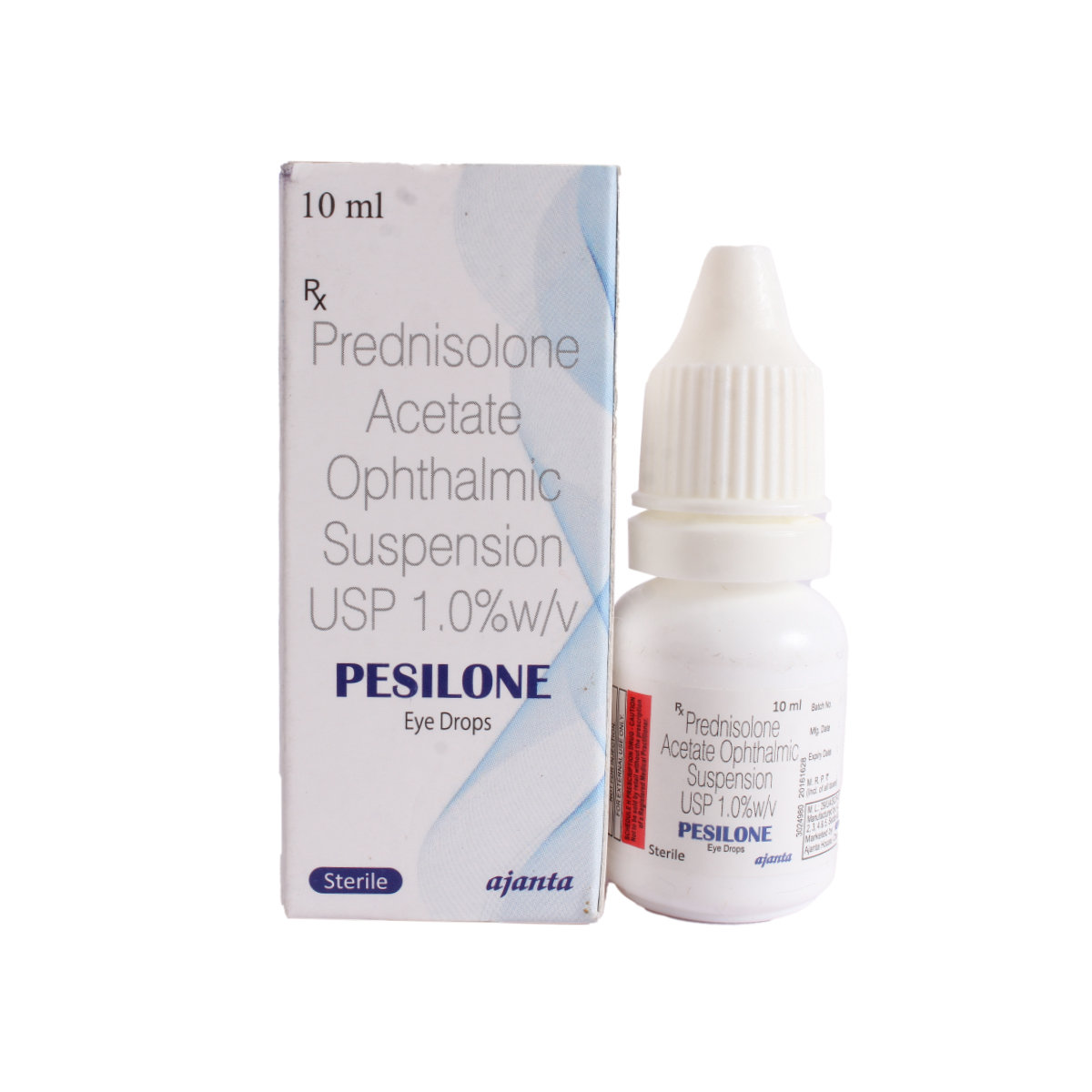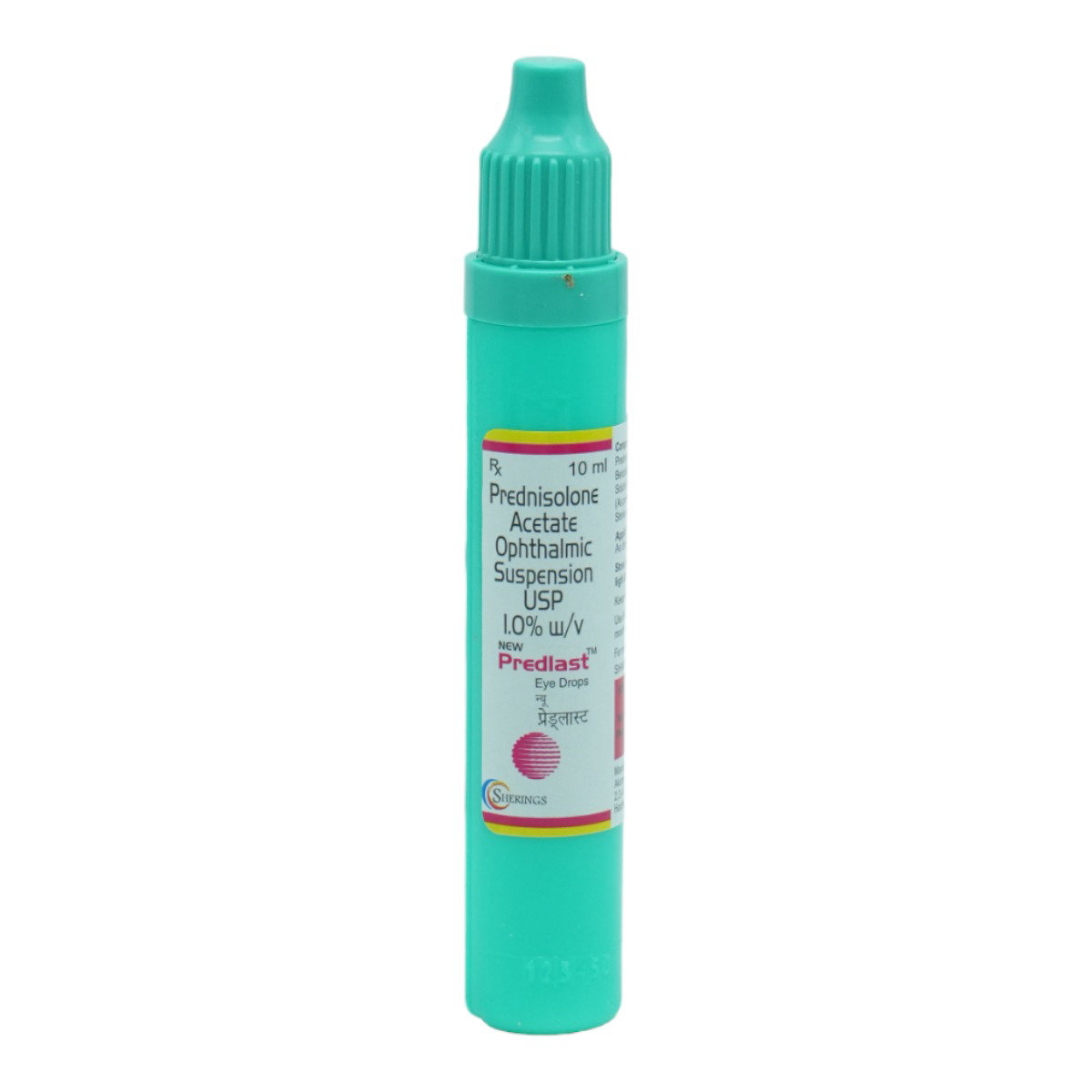Pcort Eye Drop

MRP ₹16.38
(Inclusive of all Taxes)
₹2.5 Cashback (15%)
Provide Delivery Location
Online payment accepted
 Prescription drug
Prescription drugWhats That
Composition :
Manufacturer/Marketer :
Consume Type :
Return Policy :
About Pcort Eye Drop
Pcort Eye Drop belongs to the class of corticosteroid medication or ophthalmic anti-infectives. It is used to relieve eye irritation, redness, burning, and swelling caused by chemicals, radiation, heat, infection, allergies, or foreign substances in the eye. Besides this, it is sometimes used following eye surgery.
Pcort Eye Drop contains prednisolone, a corticosteroid medicine. It works by inhibiting the release of certain chemical messengers in the body that cause redness, itching and swelling.
Use Pcort Eye Drop as prescribed by your doctor. The common side-effects of Pcort Eye Drop are application site burning or stinging sensation, redness and temporary blurred vision. Most of these side effects resolve gradually over time without the need for medical intervention. However, you should consult your doctor if you experience these side effects frequently.
Pcort Eye Drop is for ophthalmic use only. It should not be injected or consumed orally. You should not use Pcort Eye Drop if you are allergic to prednisolone, other corticosteroid medications, or any of the components in Pcort Eye Drop. Notify your doctor if you are pregnant or breastfeeding. You may notice temporary blurred vision after using this medication. Before operating machinery or driving, wait until your vision returns to normal.
Uses of Pcort Eye Drop
Directions for Use
Medicinal Benefits
Pcort Eye Drop contains prednisolone, a corticosteroid medicine. Pcort Eye Drop works by inhibiting the release of certain chemical messengers in the body that cause redness, itching and swelling. Thus it effectively relieves eye irritation, redness, burning, and swelling caused by chemicals, radiation, heat, infection, allergies, or foreign substances in the eye. Besides this, it is sometimes used following eye surgery.
Storage
Drug Warnings
Do not use Pcort Eye Drop if you are allergic to prednisolone, other corticosteroid medications, or any of the components in Pcort Eye Drop. Pcort Eye Drop is only to be used in the eyes. Pcort Eye Drop should never be injected or used orally. If you are pregnant, planning for pregnancy or breastfeeding, inform your doctor. You may notice temporary blurred vision after using this medication. Before operating machinery or driving, wait until your vision returns to normal. Before using Pcort Eye Drop, consult your doctor if you have vision problems, severe eye pain, glaucoma (high blood pressure in the eye), eye damage, or eye surgery. Pcort Eye Drop should not be used for any longer than your doctor has prescribed. Pcort Eye Drop should not be used to treat any other eye infections.
Diet & Lifestyle Advise
- Get at least six to eight hours of sleep each night to renew your eyes.
- It would help if you washed your eyes with clean water. If you've had eye surgery, wait at least two weeks before washing your eyes.
- Take care of your health, eat a balanced diet, get plenty of exercises, and rest well.
Side Effects of Pcort Eye Drop
- Temporary eye burning or stinging sensation
- Temporary blurred vision
Habit Forming
Therapeutic Class
All Substitutes & Brand Comparisons
RX
Out of StockPresolon Eye Drop
Klar Sehen Pvt Ltd
₹11.16
(₹2.01/ 1ml)
31% CHEAPERRX
Out of StockA Waylable Eye Drop
His Eyeness Ophthalmics Pvt Ltd
₹33
(₹2.97/ 1ml)
RX
Out of StockRecupred 10Ml Eye Drops
₹33
(₹2.97/ 1ml)
Product Substitutes
Author Details
We provide you with authentic, trustworthy and relevant information
FAQs
Pcort Eye Drop works by inhibiting the release of certain chemical messengers in the body that cause redness, itching and swelling. Thus it effectively relieves eye irritation, redness, burning, and swelling caused by chemicals, radiation, heat, infection, allergies, or foreign substances in the eye.
Pcort Eye Drop can be used with other eye medications if prescribed by a doctor. However, maintain a 15-minute interval between Pcort Eye Drop and other eye medicines.
Even if your symptoms improve, you must continue to use Pcort Eye Drop for as long as it is suggested by your doctor. If you stop using this medication too soon, your symptoms may recur.
Pcort Eye Drop might cause blurred vision temporarily immediately after using. So, do not drive or operate machinery immediately after using Pcort Eye Drop; wait until your vision is clear to prevent any mishappening.
Do not wear contact lenses while using Pcort Eye Drop. Remember to remove your contact lenses before using Pcort Eye Drop. It is advised to wear spectacles and avoid contact lenses until the inflammation has resolved.
Disease/Condition Glossary
Eye inflammation: Eye inflammation is the swelling of eye tissue caused by underlying problems such as allergies, conjunctivitis (inflammation of the eye's mucous membrane), trauma, or other eye disorders. It is distinguished by eye redness, watery or itchy eyes, and a burning sensation.

Have a query?
Alcohol
Caution
No interactions were found; however, it is advisable not to take or limit alcohol as a precautionary measure.
Pregnancy
Caution
Please consult the doctor. There are no adequate and well-controlled studies on pregnant women. Your doctor will prescribe only if the benefits outweigh the risks.
Breast Feeding
Caution
Consult your doctor; there is no substantial research yet on the usage of Pcort Eye Drop in breastfeeding/nursing mothers.
Driving
Caution
Pcort Eye Drop may cause blurred vision temporarily. Before driving or operating any machinery, wait until your vision has returned to normal.
Liver
Caution
No information was available about the usage of Pcort Eye Drop in patients with liver disease. Please consult your physician.
Kidney
Caution
No information was available about the usage of Pcort Eye Drop in patients with kidney disease. Please consult your physician.
Children
Caution
Pcort Eye Drop should only be used in children under the supervision of a doctor or as directed by the doctor.


